Most Islamic State fighters in Afghanistan are TTP men: top US commander
Gen Nicholson says many IS fighters are from Orakzai Agency and had been forced out of Pakistan due to Zarb-e-Azb
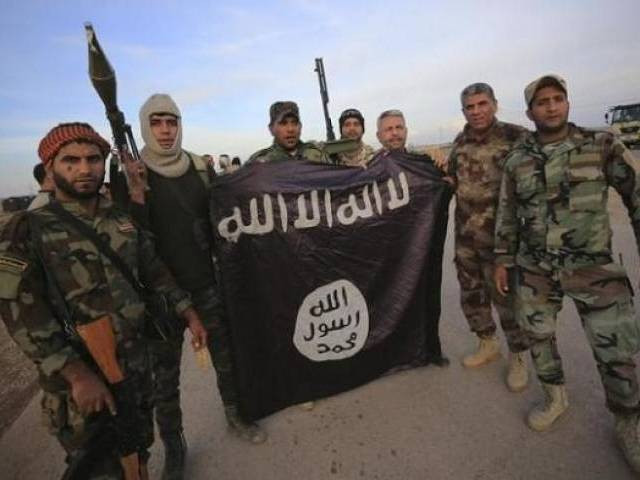
Many IS fighters were from Orakzai Agency and had been forced out of Pakistan due to Operation Zarb-e-Azb PHOTO: REUTERS
“In the case of Islamic State Khorasan province, the majority of the members are from the Tehreek-e-Taliban Pakistan, which has been the anti-Pakistan government Taliban,” the general said while briefing Washington-based journalists at the Pentagon.
Islamic State now poses real threat to Afghanistan’s security
Nicholson, who commands the US and Nato forces in Afghanistan, said many of the fighters were Pakistani Pashtun from Orakzai Agency and had been forced out of Pakistan by the ongoing military offensive, Operation Zarb-e-Azb.
“In the case of the IS fighters in southern Nangahar, we see that many of them come from the Orakzai Agency, which is south of Nangahar -- actually, south of the Khyber Agency. And they were former members of the TTP, complete with their leadership, who wholesale joined Islamic State, pledged bayat (allegiance) to Islamic State and joined them earlier this year,” General Nicholson said. The commander went on to say that President Obama had identified Islamic State, Daesh, as one of the top security threats to US.
Speaking about US and Afghan joint offensive against the militant group, he said, "Since January, their area has shrunk to about three or four districts -- parts of three or four districts in southern Nangarhar."
According to Gen Nicholson, Saturday's suicide attack in Kabul, which killed upwards of 80 people who were participating in a peaceful demonstration, was carried out by IS.
Afghan Taliban seek Chinese role in talks
The US commander identified IS as only one of nine US designated terrorist organisations in Afghanistan. "Additionally there are three other violent extremist organisations." The general also gave a rough count of IS fighters in the country. "This number that originally was 3,000, we think has been roughly cut in half. We estimate them between -- now between 1,000 and 1,500 at the present time."
Nicholson also spoke about Mullah Mansour's death, saying the Taliban had been disrupted. "We assess the Taliban have been disrupted by the death of Mullah Mansour that occurred on the 21st of May, and that this disruption, even though they would like us to believe that they recovered from this quickly, they appointed their new leader Haibatullah within one week."
"But in fact, many of the tensions that existed in the Taliban under Mansour have, if anything, been exacerbated further with the rapid succession of Haibatullah," he added. He also informed that Mansour had misdirected a lot of the Taliban revenues for his own purposes.
General Nicholson also gave an account of the air strikes carried out in Afghanistan. "Since January, we've conducted about 470 airstrikes, just to give you a rollup. Of counter-terrorist strikes -- specific counter-terrorist strikes, about 180. Under the new authorities, which are called strategic effects, which have been in effect since early June, about 40 airstrikes, plus or minus."

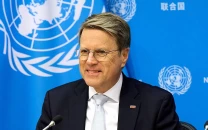
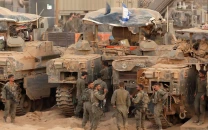
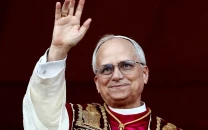

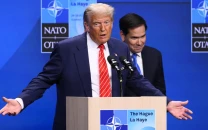













COMMENTS
Comments are moderated and generally will be posted if they are on-topic and not abusive.
For more information, please see our Comments FAQ